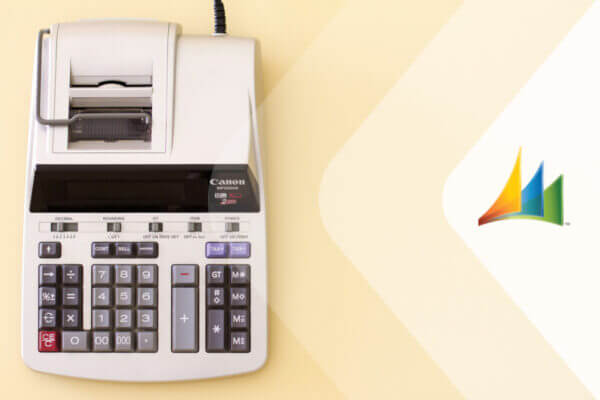Meeting compliance obligations presents one of the biggest challenges for modern companies, particularly those operating in highly regulated industries like
healthcare. However, establishing an effective security and compliance plan is critical to protecting your organization from lawsuits, financial damages, and loss of customer trust.
Although laws concern different industries, every modern organization needs to take steps to simplify their management processes to enhance security and compliance. While technology undoubtedly adds further complications into the mix, the right approach involves using technology to achieve compliance in the first place.
One of the best ways to make that happen is by using a document management system (DMS), according to a professional study.
A modern, cloud-hosted DMS is primarily about organizing and automating a wide range of everyday corporate workflows. Better organization and automation also makes meeting your compliance obligations much easier because it gives you total visibility into where everything is stored, who has access to your data, and the security measures used to protect it.
By consolidating everything into a single platform, meeting your compliance requirements starts with correct data management.
Improving auditability with centralized management
Most compliance regulations, such as HIPAA, require organizations to carry out risk assessments to determine potential security vulnerabilities. Unsurprisingly, that’s much harder to do when your corporate documents and data are stored over multiple systems.
By bringing everything together under a single, centralized database, security auditing is exponentially faster and simpler.
DMS also offers administrators a way to retain visibility into their operations. That’s because the DMS records every action, such as user logins and document changes, in an auditing log that managers can view.
That means you won’t need to spend hours preparing audits by manually searching through multiple systems. Instead, you’ll only need to audit, manage, and secure one system rather than lots of disconnected ones.
Simplifying employee training and onboarding
Security training is also an important part of many compliance initiatives. For example, HIPAA legislation requires any employee with access to patient health information (PHI) to undergo regular security training to teach them about information security best practices and online scams.
Although the law doesn’t stipulate precisely what defines ‘regular’ training, it’s best to provide ongoing training every year or whenever you’ve made any major changes to your company’s organizational or technical infrastructure.
Keep in mind, it’s a lot easier to train staff to handle sensitive data responsibly when they’re only using one or just a few systems to carry out their daily tasks. If everyone is using the same DMS for managing your mission-critical documents and data, you will be better equipped to create a consistent onboarding and training program for all members of your team.
Moreover, with automated alerts and the ability to implement and enforce consistent and centrally managed security policies, your employees will have an easier time reporting attempted data breaches and other security issues.
Managing record retention
Document management automates many important business routines, including the ability to control retention schedules for documents and data. Not only does this help with the auditing process, it also makes sure that documents are properly destroyed when they should be and that other records are kept as regulations demand.
Since a DMS integrates record management, it helps you keep track of document lifespans, data governance, and everything else you need to keep your data-storage practices compliant with ever-changing regulations.
PairSoft streamlines business processes, compliance, and security with effective document management.





